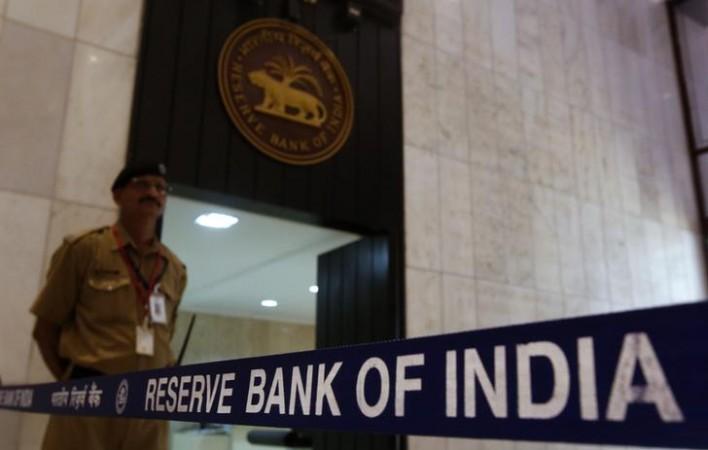
Bank deposits grew at a five-decade low, based on statistics published by the Reserve Bank of India (RBI) during the week. The combined time and demand deposits of scheduled commercial banks stood at Rs 96,30,700 crore as on March 18, 2016, up 9.87 percent from Rs 87,65,100 crore on March 20, 2015.
"This is the lowest it has been since 1963," wrote economist Ajit Ranade in his weekly column that appeared in the Bangalore Mirror Saturday.
Putting it in perspective, Ranade said, "A low deposit growth can also mean that banks may fall short of loanable funds. Banks give out loans based on their available deposits. It there's a shortage, they will need to increase the rate of return that they offer on their savings account or on their fixed term deposits, to attract more fund inflow."
If banks increase interest rates on deposits to mobilise funds, their ability to lower lending rates will be directly hit.
Also, banks have to compete with more lucrative savings instruments that offer both security and higher interest rates, making their job tougher.
"Bank deposits face competition from postal savings accounts, public provident funds, mutual funds and other investment instruments. Some money is also diverted to buy gold and jewellery. So the low deposit rate may reflect some leakage to competing instruments," he argued.
Ranade, who heads the corporate economics cell at Aditya Birla Group, pointed at another statistic to raise questions on high cash circulation in the economy, even as digital transactions are catching up in India.
"The total currency is 16.6 trillion rupees, and is the highest in history. It has grown by almost 2 trillion (i.e. 2 lakh crore) in the past twelve months, which is a growth of 15.2 percent," he said.
"Why is it so high? With the proliferation of digital wallets like PayTM and electronic payments, aren't we supposed to be moving to less cash usage, and toward a cashless society? If GDP growth is only about 7.4 percent, then why did cash in circulation grow by 15.2 percent? (It grew by only 10.7 percent in the previous year)," he questioned.
Ranade then sought to explain why the trend is disturbing.
"Is it the impact of elections in some states? We hear that in Tamil Nadu most voters will get cash of about Rs 3000 to 5000. Mind you, more than 85 percent of currency is in the form of 500 and 1000 rupee notes.
"A senior bureaucrat estimates that the 'vote buying' will cost about Rs 9000 crores. All of this will be wholly in cash. Or is the three-week-old jewellery strike that has caused a spurt of cash in circulation? This puzzle remains unresolved," he said.

















